Checked out, walked around the main square, Dali museum in Figueres, drove to Cadaqués, Cap de Creus. Turned back, drove to Ribes de Freser, hitting up Besalu on the way. Drove on the scenic road Eje Pirenaico/N-260 [Pyrenees Axis road]
Figueres is the last town before the Spanish/French border in the county of Alt Empordà, set between the Pyrenees and the Costa Blanca. We can step into the world of Spain’s iconic surrealist painter, Salvador Dalí, in this lively countryside town. best known as the hometown of Salvador Dalí.
There are many Dalí-related attractions providing insight into the artist’s bizarre and creative mind.
We had a stroll in the main plaza of the historic center and encountered many sights
Abstract and surreal, it’s very much in Dali’s style! Not our cup of tea but interesting never the less
Dali peeping from his museum... southern facade
Southern facade of Dali theater museum
We checked online and tickets to the museum were available only from 11.30. Iy had been our plan to se this museum the previous day in the evening as it's open till 8 pm but we had not been able to factor it in. .
Anyway we were not too keen on surrealism, so decided to skip.
Iglesia de San Pedro
Salvador Dalí received baptism and first communion in this church and his funeral was here as well
The first mention of this church is from 1020 and around it the medieval center of Figueres was built. It was probably built on a primitive early Christian church. From the initial Romanesque temple (10th-11th centuries) there are remains of the walls of the north face with a loophole to the left of the nave, at the foot of the bell tower. In the 14th century, the Gothic temple was built on top of the Romanesque building . This new building reached the current transept and had a single nave with ribbed vaults and buttresses .
In 1578 the facade was built, in neoclassical style, where a large porthole stands out that gives light to the entire ship. Subsequently it has undergone numerous extensions such as in 1678 when the Chapel of Sorrows was started, on the north side and modifications.
This tympanum is modern
We went to our hotel, checked out and were about to drive off when we realized we have not seen the iconic facade of Dali theater museum.
We parked our car in a nearby residential area and walked
Placa Gala-Salvador Dali
Inaugurated in 1974, the Dalí Theatre-Museum rises on the remains of the former Municipal Theatre of Figueres which was destroyed in the Spanish civil war. It is the last great work of Salvador Dalí. Everything in it was conceived and designed by the artist so as to offer visitors a real experience and draw them into his unique and captivating world.
One of the most noticeable features of the museum is the transparent reticular-shape like a geodesic dome that crowns the building,
The museum façade is topped by a series of giant eggs. The egg is a positive symbol and represents life, renewal, continuation and the future. Dali's art has frequent use of eggs and it is attributed to his mother who passed away from uterine cancer when he was 16. The "egg" is also a tribute to his home in Catalunya. It is a commonly repeated theme, or element, in his art.
Dali is entombed in this museum; his final resting place is below the stage on the "ground floor and below stage" section of the museum.
We went to a supermarket and stocked up at 11am. Quite a late start for the day's drive.
Then decided to see the remaining parts of Costa Brava in our plan and drove toward Cadaques at 11.45.
Cadaqués
Situated right on the Cap de Creus peninsula, Cadaqués is set in the landscape of the steep hills that cut across the county of Alt Empordà before falling into the sea in the form of cliffs . Its rocky coast, fringed by beautiful beaches and quiet coves, forms one of its main attractions, together with the incredible landscape offered by the Cap de Creus Natural Park.
At the head of Cadaqués bay is its historic quarter, with Mediterranean air and deep seaside flavour. The source of inspiration for internationally famous painters and artists for decades.
We were at Cadaques by 12.30
We parked our car at the paid parking [1,5 euros/hour] and walked in.
Santa Maria de Cadaques
At the highest point of Cadaqués, is the church of Santa Maria. It offers panoramic views of the city's bay.
It is a Roman Catholic church, which was built in the 13th century, but during the raids of Saracen pirates in 1543, it was burned down. they began to rebuild it in 1689
Built in a late-Gothic style, it has a single nave with side chapels, ending in a polygonal chevet which houses one of the most noteworthy
Baroque altarpieces in Catalonia, made by sculptor Pau Costa and dedicated to the Virgin. It is presided by a statue of Our Lady of Hope, with several scenes of Mary around it, and is crowned by a statue of Saint Thomas. On the base we can see Saint Barbara, Saint Rita, Saint Peter and Saint Paul, whilst the sides are occupied by the four evangelists.
Beautiful paintings combining woodwork as well... or basically wood relief work with painting in the background
AWESOME!
Excellent views from the patio near the church
OLD TOWN
At the head of Cadaqués bay rises the network of narrow cobbled streets and white houses making up the old town. Above the outline of the town, the image of the church of Santa María, a carefully restored church with a white façade, stands out, housing a magnificent Baroque style reredos.
Mirador de Cadaqués
Cap de Creus nature reserve
We left Cadaques at 1.45 and drove up to Cap de Creus nature reserve. Reached there by 3. The Park, with its diverse orography, is set at the north-east end of the coastline.
The Reserve combines different ecosystems. The highest point of the massif can be found at Sant Salvador peak, 670 metres up. The vegetation on Cap de Creus is conditioned by the strong marine influence, the rugged orography and the abundance of rocky outcrops
Cap de Creus lighthouse
In the village of Cadaqués, around the Natural Park of Cap de Creus, we find this unique lighthouse. It stands out, among other reasons, for being the lighthouse located furthest east on the Iberian Peninsula.
This building was built in 1853 and is architecturally notable for its eleven-metre-high signal tower. Before the construction of the lighthouse, this point had been occupied by a watchtower which, like so many others scattered along the Costa Brava coastline, served as a lookout point against pirate attacks.
Currently, the lighthouse has an information office for visitors of the Cap de Creus area. Right next to the lighthouse there is also a restaurant where you can enjoy the local gastronomy. There are also some coves just a few metres away, such as Cala Fredosa and Cala Jugadora.
We enjoyed the views
Started our drive back at 3.30
Besalú
We could have driven right to our base for the night in the Pyrenees, But we backtracked and drove toward Besalú. It took a while and we reached there only by 5.15.
A picture-perfect medieval town, Besalú is a quaint jumble of cobblestone streets and quiet squares that reveal impressive historic buildings.
Besalu’s star attraction is, without doubt, the Romanesque bridge over the river Fluviá. For 1000 years travelers have approach the town across the old bridge, .
We could not spare more time and drove toward Ribes de Freser
RIPOLL
RIBES DE FRESER
Hostal Porta De Núria, Ribes de Freser


Ribes de Freser is sheltered by the lofty peaks of the Catalonian Pyrenees, and is at the point of convergence of three rivers: the Rigard, the Segadell and the Freser.
Report continues here
https://adventuretrav.blogspot.com/2022/06/spain-2022-trip-report-day-6-queralbs.html 






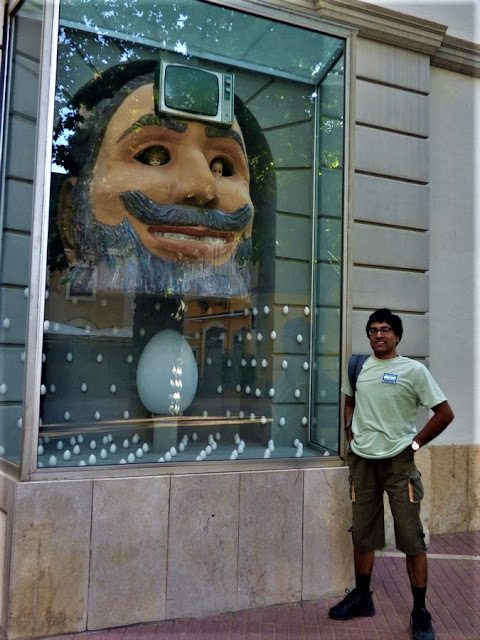

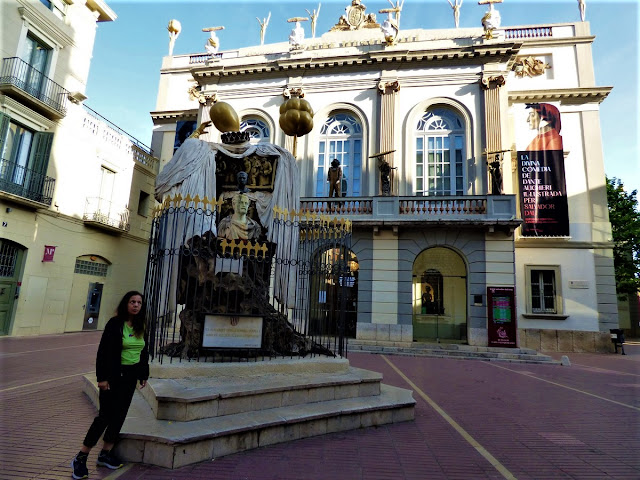


















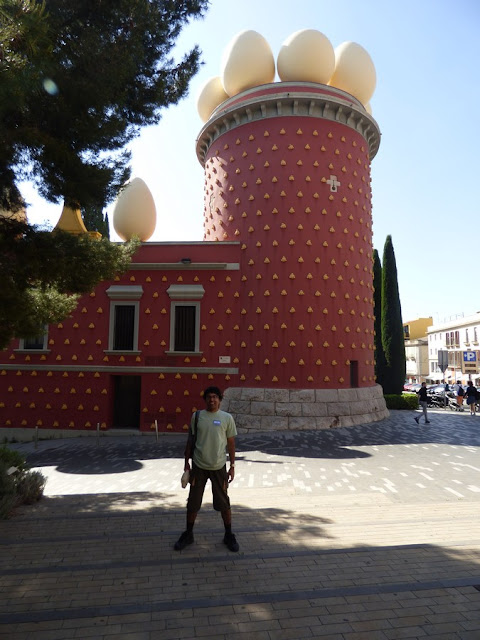









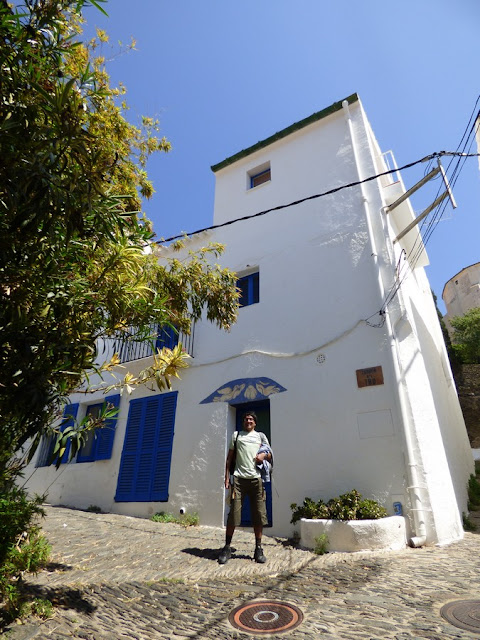

















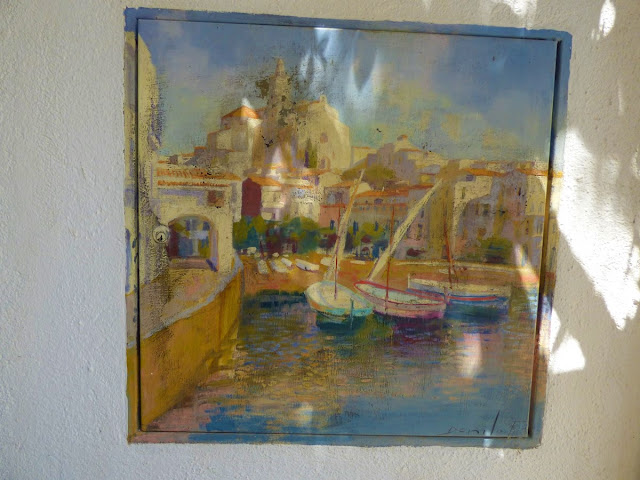

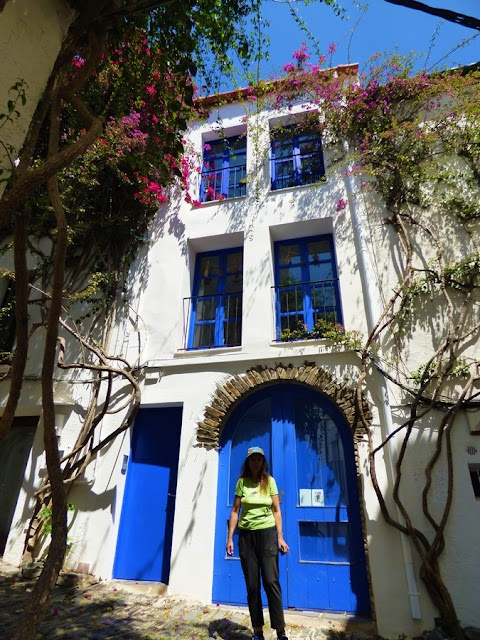










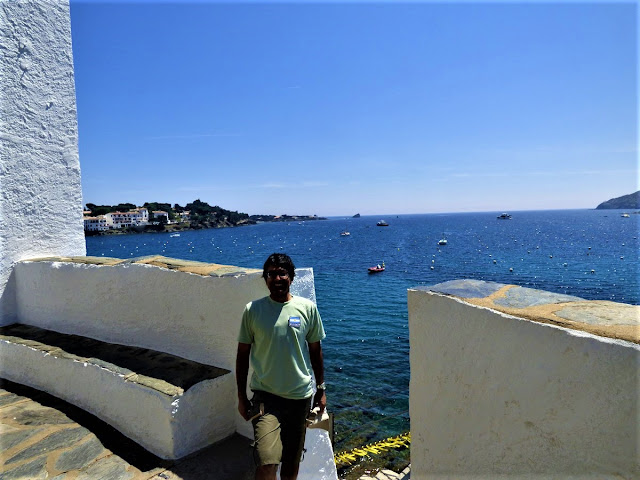





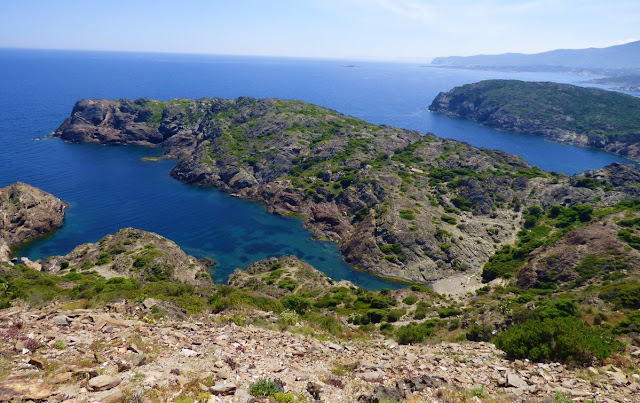





















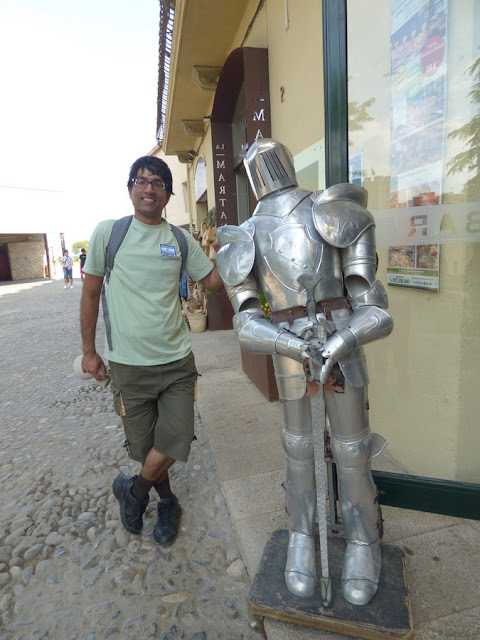













No comments:
Post a Comment